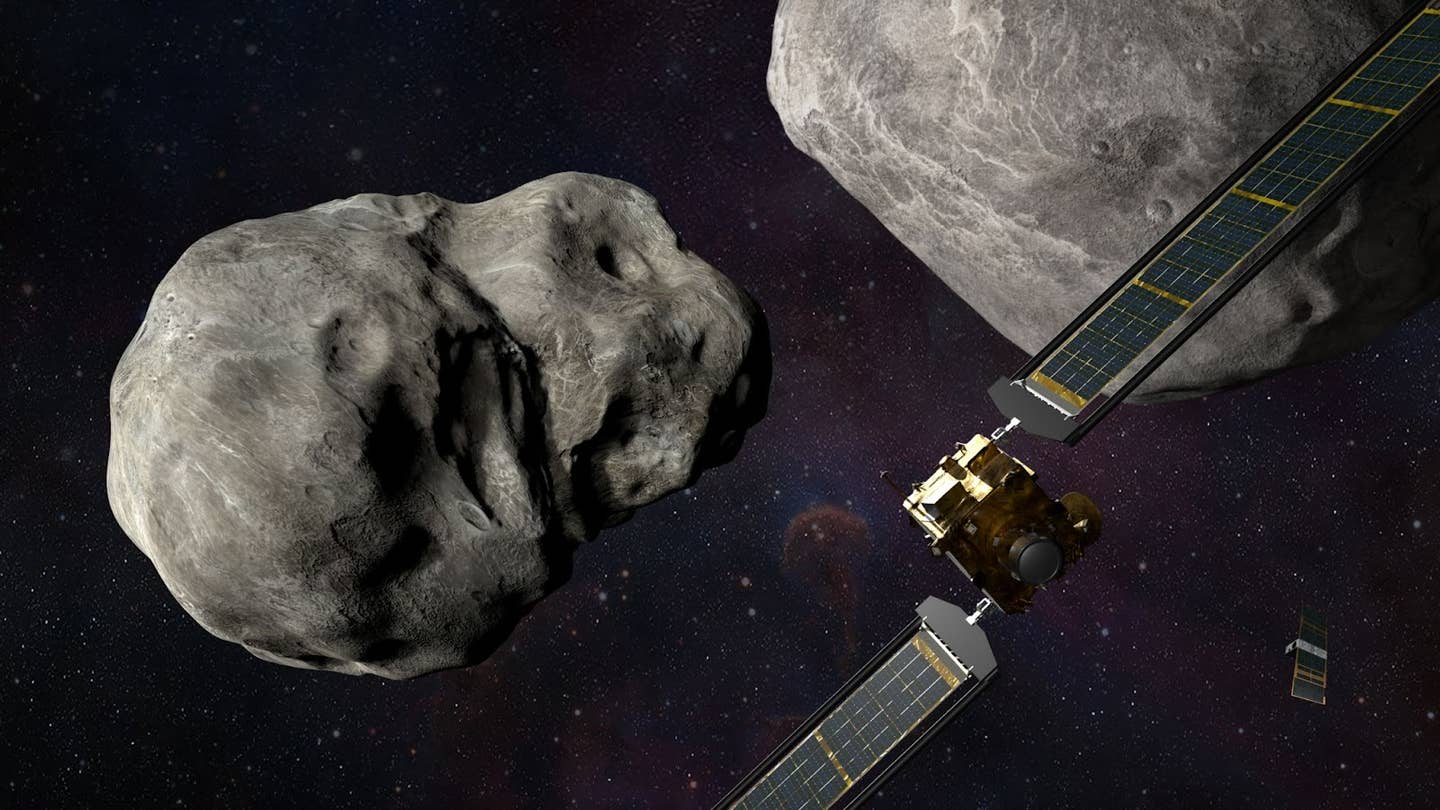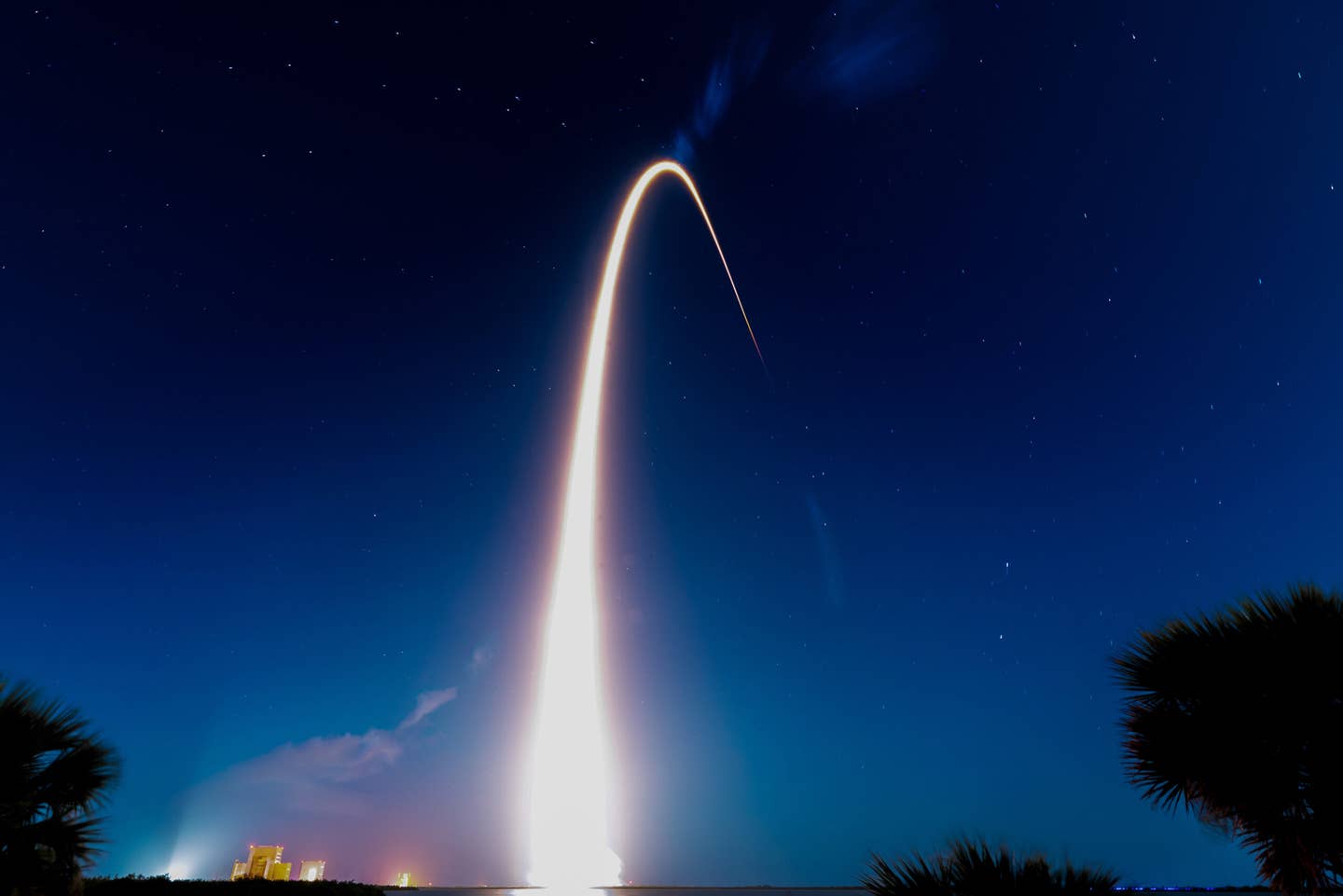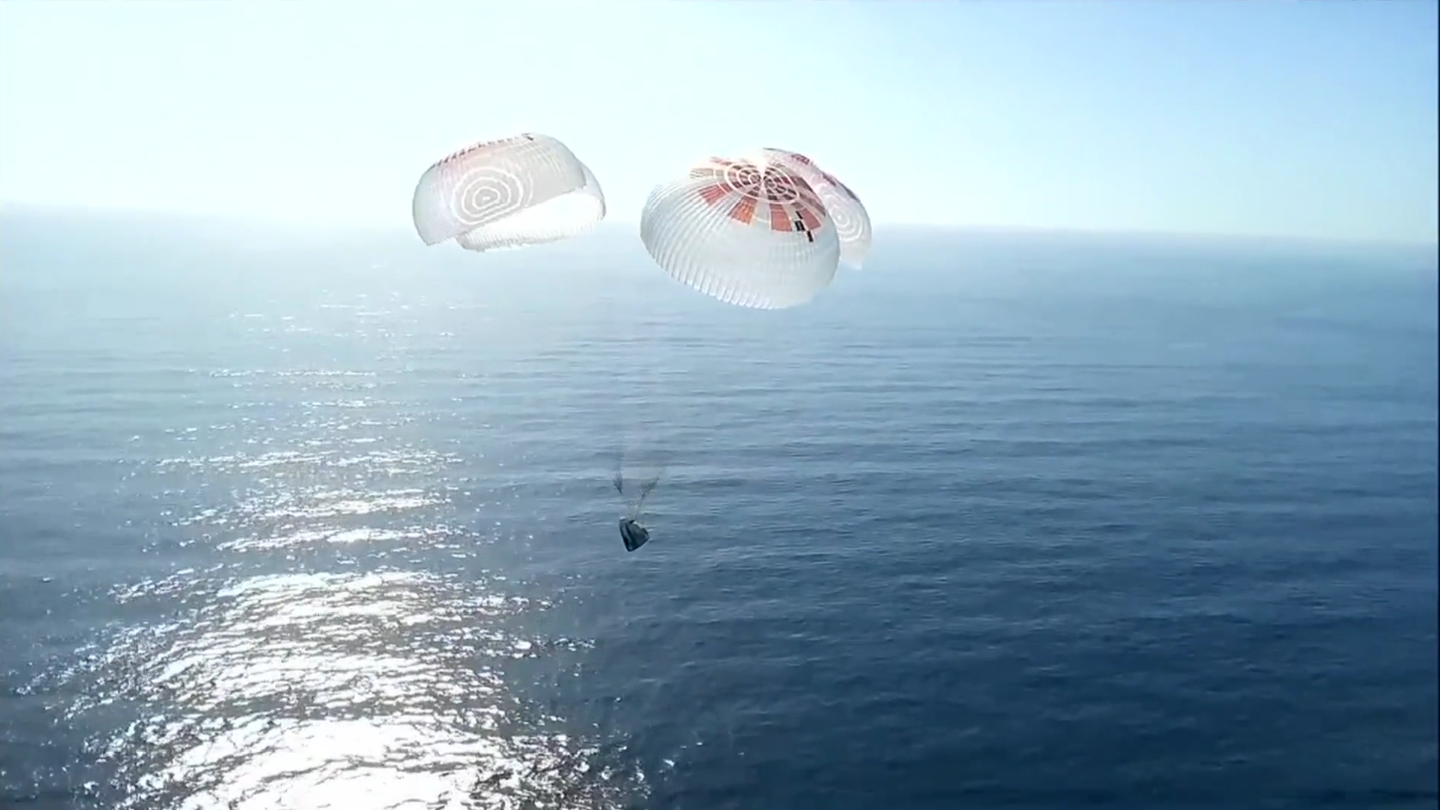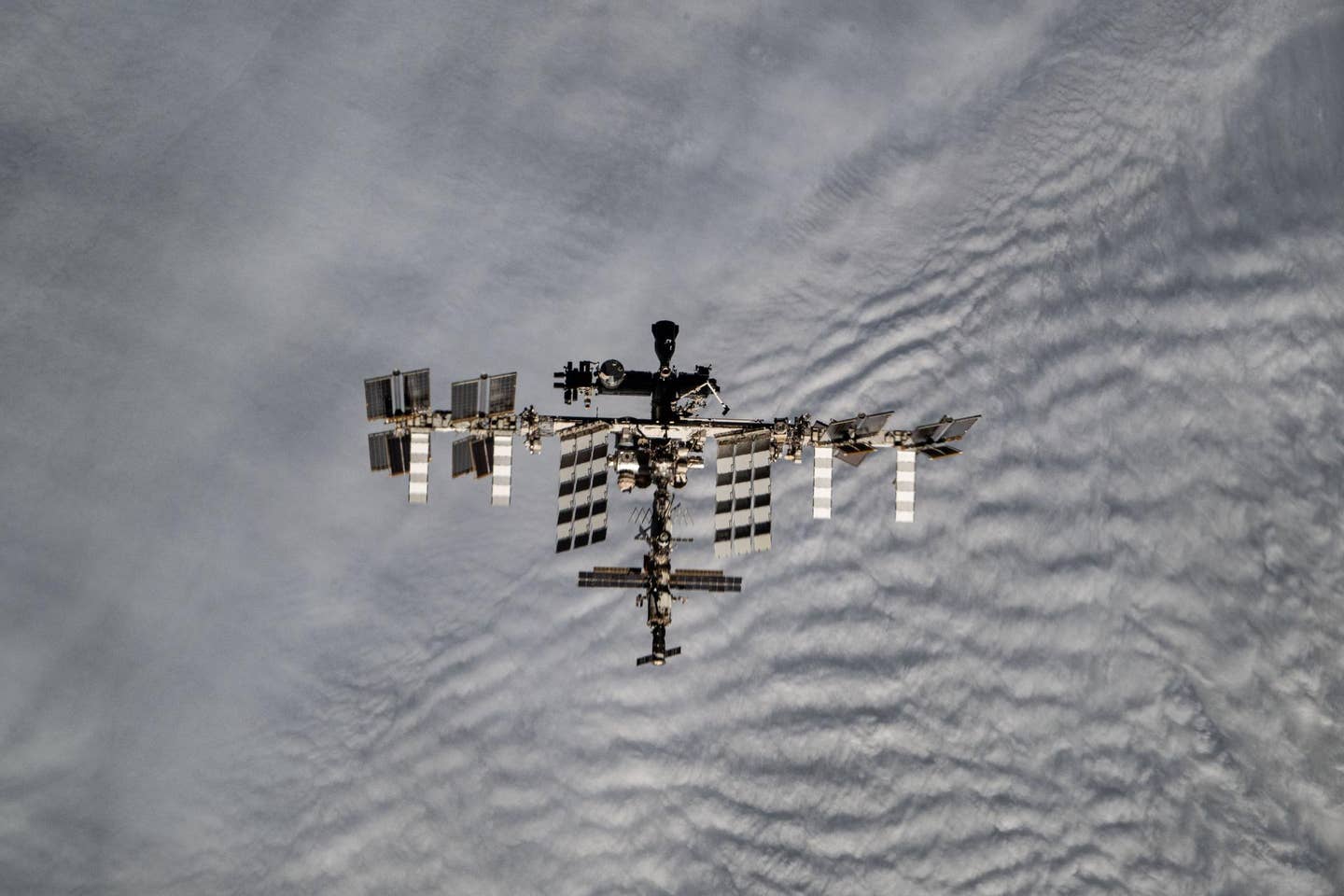NASA Plays Chicken With an Asteroid and Celebrates a ‘Smashing’ Success
On September 26, NASA was able to successfully crash spacecraft into an asteroid. Now, it’s time to determine the outcome of this ‘impactful’ mission.

NASA’s DART spacecraft and a small asteroid named Dimorphos had a date with destiny this week. [Courtesy: NASA/Johns Hopkins APL]
On September 26, NASA celebrated the loss of a spacecraft’s signal. While communication loss would usually be a cause for concern, this expected signal disconnect resulted from a planned impact between the spacecraft and an asteroid. Why would we want to smash a perfectly good space vehicle into a stronger asteroid? To show that such an impact could alter the space rock’s orbit just enough to avoid a collision with our planet.
This game of galactic chicken made global headlines and wrote yet another page in NASA’s ongoing galactic narrative, which includes more suspense than an Agatha Christie thriller. Best of all, it was vividly captured via an onboard camera offering an up-close and personal view of the asteroid right before impact.
NASA’s Oscar-Winning Performance
Several Hollywood blockbusters have dramatized what it would be like to send a crew into space to fight off impending planetary destruction via a giant, threatening asteroid. NASA’s “production” was akin to a reality show without the theatrics. In this case, there were three main characters: an asteroid named Didymos, its moonlet called Dimorphos, and a refrigerator-sized spacecraft officially called the Double Asteroid Redirection Test (DART).
Meaning “twin” in Greek, Didymos was discovered more than two decades ago and has been under NASA’s watchful eye for just that long. It measures roughly 2,560 feet across, orbited by the much smaller Dimorphos, which is a mere 525 feet in diameter. NASA’s mission focused on this little sibling with a name meaning “two forms.” The two were chosen because they don't pose any threat to Earth.
Unlike the Hollywood movies, which culminate in explosive endings and shattered asteroids, NASA’s plan to intentionally impact this kind of celestial body is part of the space agency’s overall planetary defense strategy to guard against asteroids, comets, and any other space intruders that may enter into Earth’s “neighborhood.” NASA classifies this as anything within 30 million miles of Earth’s orbit.
When Push Comes to Shove
This isn't the first time NASA has embarked on a one-way space journey. While most of the others have focused on long-distance space exploration, this voyage was about testing ways of preventing an asteroid from threatening Earth with galactic doom. Rather than exploding it, the DART mission centered on redirecting the moonlet with a gentle “nudge” at 13,421 mph. In scientific lexicon, this deflection technique is known as a kinetic impact.
To make this happen, NASA engineers had to perform some serious long-distance flight planning that began with a launch 10 months ago, a flight of about 7 million miles, and then orchestrating the spacecraft’s impact to within 55 feet of the asteroid's center. Think of it as dead reckoning on steroids. That E6B doesn’t seem so intimidating anymore, does it?
Was It a Smashing Success?
Was the high-speed impact from the 1,260-pound DART spacecraft with the estimated 11-billion-pound, 520-foot-long Dimorphos enough to change the asteroid’s trajectory? That is what mission control specialists will assess during the post-impact phase of NASA’s mission. To determine the effectiveness of the impact, the agency has gathered imagery and telemetry from various sources located in space and here on Earth.
Astronomers will use ground-based telescopes to observe the asteroid system and see how much Dimorphos’ orbit has changed. Space-based telescopes such as the Hubble, Webb, and NASA's Lucy mission also observed the event and are vital resources to determine (pardon the pun) the “impact” of DART’s collision.
More than a week before its timely demise, DART launched a shoebox-size companion called LICIACube or Light Italian CubeSat for Imagining of Asteroids to photograph the mission.
NASA won't know for weeks (and from a quantitative perspective possibly two months), if this was as successful as they had hoped. Dimorphos completes an orbit around Didymos in 11 hours and 55 minutes. NASA predicts DART’s nudge was enough to shift its orbit around Didymos to change both of their trajectories. The agency expects the collision to shorten its orbit by 10 minutes.
This may not seem like a big number, but a mere 1 percent change in an asteroid's trajectory could be enough to keep it away from Earth. Dimorphos and Didymos don't pose any threat to our fragile planet. However, just like any good pilot knows, the key to good flight planning is assessing for contingencies.

Sign-up for newsletters & special offers!
Get the latest FLYING stories & special offers delivered directly to your inbox






